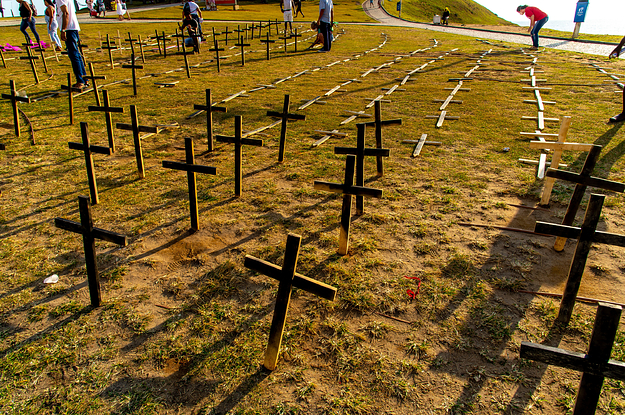The WHO today announced that the COVID pandemic killed an estimated 14.9 million people across the world in 2020 and 2021. That’s nearly three times the official count of COVID deaths over the same period, underlining the severity of a pandemic that the agency declared in March 2020 and which still has not been tamed more than two years later.
Public health experts hope the WHO’s move will provide a jolt to member nations that are either obfuscating their COVID statistics or just failing to keep track of what’s actually happening — pushing them to produce better data to help guide efforts to respond to deadly viruses.
“It serves as an encouragement for governments around the world to sharpen their data tools,” said Samira Asma, WHO assistant director-general for data, analytics, and delivery. “We need to honor the lives tragically cut short and lost. And we must hold ourselves and policymakers accountable.”
“We need to improve local, national, and global data systems to inform our response to COVID and future health threats,” Tom Frieden, former director of the US CDC and president of Resolve to Save Lives, told BuzzFeed News by email.
But there has already been some pushback against the WHO’s estimates, notably from India.
The WHO had originally planned to release its new estimates of COVID mortality in January. But as first reported by the global development news outlet Devex in late March, today’s announcement was repeatedly delayed as the WHO responded to objections from the Indian government. India’s official COVID death toll currently stands at just under 525,000, but according to the WHO analysis, the true toll by the end of 2021 was around 4.7 million.
After the New York Times picked up on the story, the Indian Ministry of Health and Family Welfare issued a statement on April 16 criticizing the WHO’s methodology and blaming the UN agency for the delay. “India has been in regular and in-depth technical exchange with WHO on the issue,” the statement said, adding that “a satisfactory response is yet to be received.”
Rather than relying on deaths officially attributed to COVID-19 reported from individual nations, the new WHO estimates depend on statistical modeling to estimate the pandemic’s toll. For countries with comprehensive death records, this uses the pattern of deaths from the years before the pandemic to predict the number likely to have occurred if COVID hadn’t happened. Then researchers subtract these predictions from the number of deaths that were actually recorded to calculate the toll from the pandemic.

